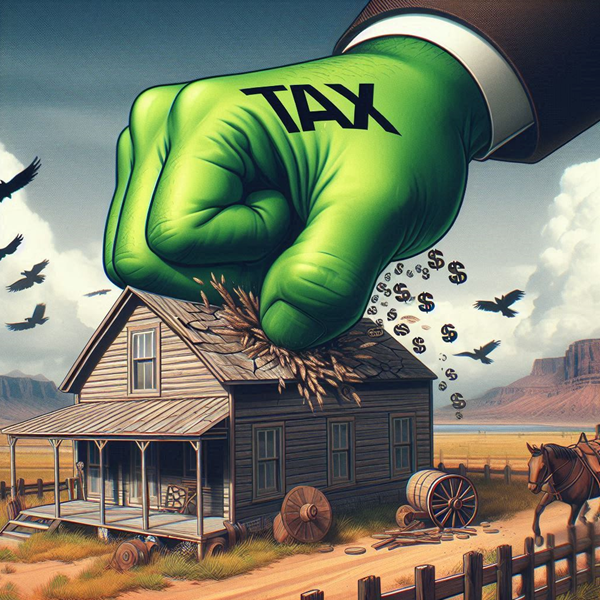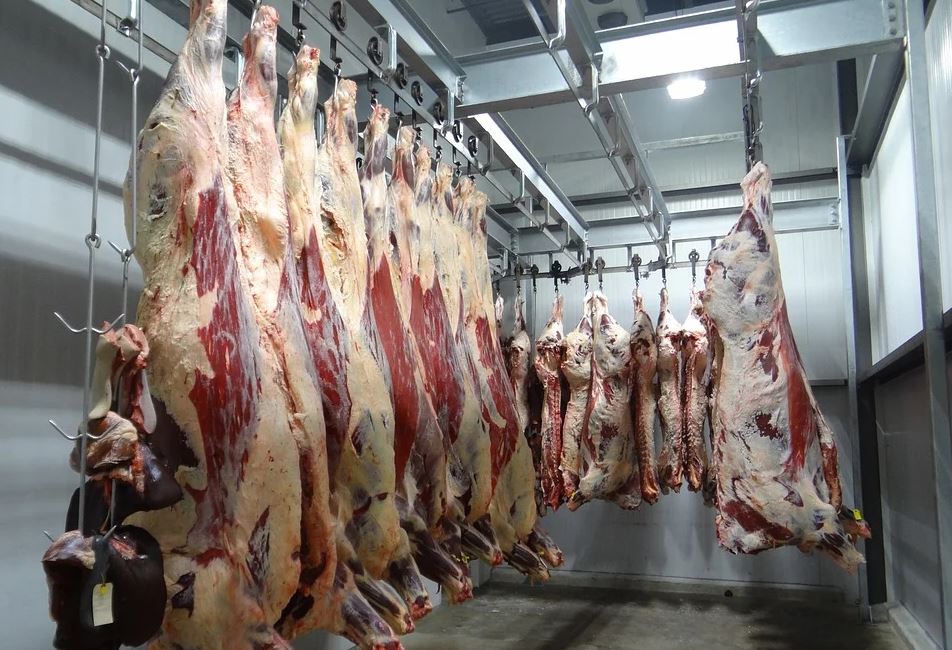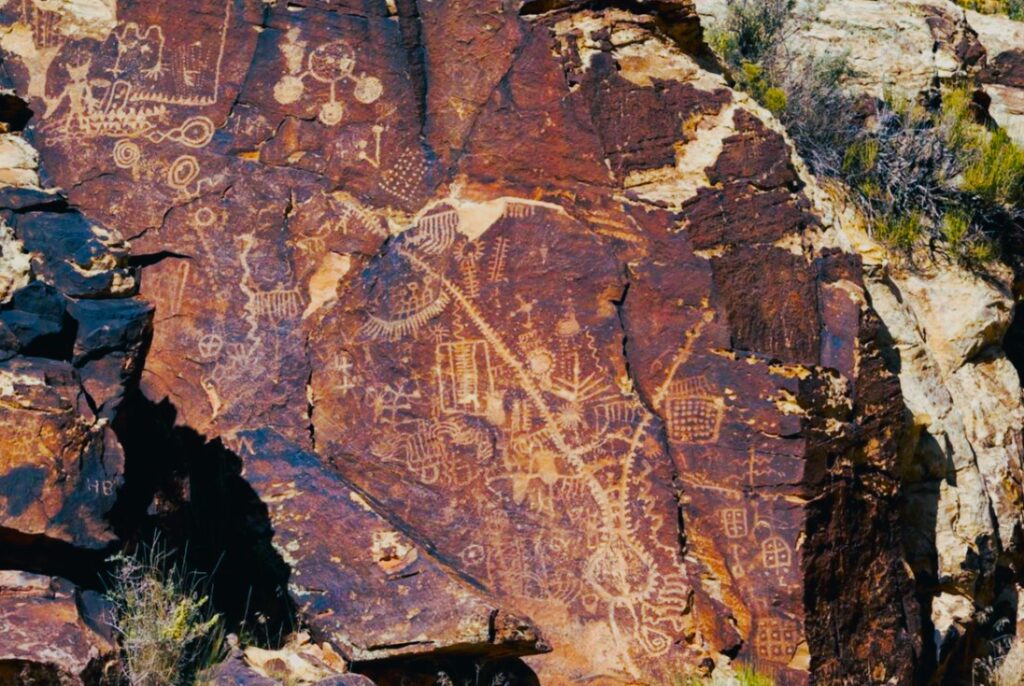Ireland Looking To Kill 200,000 Cows To Fight Climate Change; Are US Herds Next?
In the latest effort to reduce emissions from agriculture, Ireland said it may kill 200,000 cows. Meanwhile, climate activists have American farms and ranches in the crosshairs.
Kevin Killough for Cowboy State Daily
Climate activists are coming for livestock producers and farmers.
European governments have been targeting the agriculture industry for several years. The Telegraph reports that Ireland’s government may need to reduce that country’s cattle herds by 200,000 cows over the next three years to meet climate targets.
In an effort to reduce nitrogen pollution, Reuters reported the European Union last month approved a $1.6 billion Dutch plan to buy out livestock farmers.
Front And Center
Now the Biden administration is targeting American agriculture.
Special President Envoy For Climate John Kerry recently warned at a climate summit for the U.S. Department of Agriculture that the human race’s need to produce food to survive creates 33% of the world’s total greenhouse gasses.
“We can’t get to net-zero. We don’t get this job done unless agriculture is front and center as part of the solution,” Kerry said.
Microsoft Billionaire Bill Gates also is obsessing about cattle emissions, providing financial support to companies that are developing seaweed supplements and gas masks for cows.
It’s ‘Groupthink’
Katy Atkinson, an agricultural advocate who raises cattle in Albany County, told Cowboy State Daily that this conversation on emissions from the industry isn’t considering the beneficial impacts of cattle to the environment and the climate.
“Groupthink happens a lot around the climate change conversation. We get tunnel visioned on one piece of it without considering the full ramifications of what’s going to happen if we remove cattle from the land,” Atkinson said.
She said cattle contribute to drought resistance, soil health and wildfire reduction. Just before cattle were introduced to North America and the industry began raising them, Atkinson said there were thousands of buffalo roaming the plains.
Cows and buffalo are both ruminants, which is a type of animal that brings back food from its stomach and chews it again. These animals’ digestive systems produce methane emissions. Today’s cattle population is similar in numbers to that of the buffalo herds.
“So, the methane emissions from ruminant animals aren’t anything new,” Atkinson said.
Trapping Carbon
Cattle also benefit plant life, Atkinson said.
“You need ruminant animals to forage grasses, because they’re the only things that can,” she explained.
“So the cattle are essential in helping to keep that carbon trapped in the ground,” Atkinson said.
Pigs, for example, are monogastric and can’t break down high fiber content in grasses. Cow’s digestive system can break the grasses down, and then they fertilize the ground.
So, through proper cattle grazing management, Atkinson said the cattle she’s raising are helping plants to grow.
In the atmosphere, the methane they burp out — most of it is released through the mouth of the animal — breaks down in 10 to 15 years into carbon dioxide and water. The plants that cattle help to grow use that carbon dioxide. The carbon then gets put back into the soil through the grasses’ roots.
“So the cattle are essential in helping to keep that carbon trapped in the ground,” Atkinson said.




